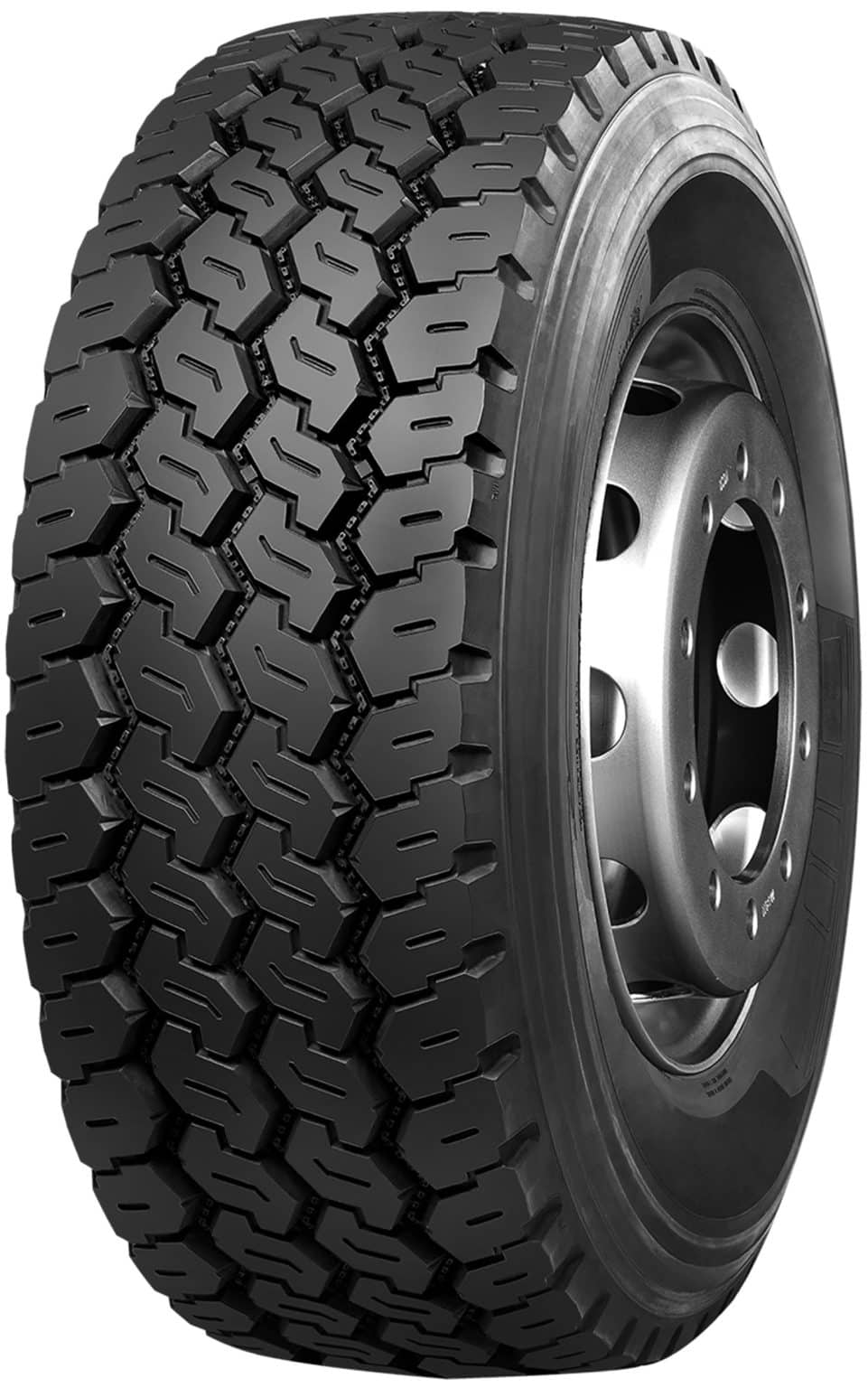
When it comes to optimizing vehicle performance, especially for commercial fleets and adventure enthusiasts, the right tires can make a world of difference. Supersingle tires, which replace traditional dual tires with a single wide tire per axle, are gaining traction for their numerous benefits. This guide will explore the advantages of Supersingle tires, their applications, and highlight some options suited for Australian terrains.
What Are Supersingle Tires?
Supersingle tires are designed to replace the dual tires typically found on each side of an axle with a single, wide tire. This design innovation addresses several issues inherent in traditional dual-tire setups and offers a range of benefits that make them increasingly popular in various applications.
Advantages of Supersingle Tires
1. Elimination of Uneven Pressure Effects
One of the primary benefits of Supersingle tires is the elimination of issues related to uneven tire pressure. With dual tires, managing consistent pressure on both tires can be challenging. Supersingle tires streamline this by providing a single contact patch, which simplifies pressure monitoring and maintenance.
2. Improved Load Capacity
Supersingle tires feature a larger contact patch compared to dual tires. This design enhances the load-carrying capacity of a fleet, making them ideal for applications requiring substantial hauling capabilities. The increased contact area helps distribute the load more evenly, improving overall vehicle performance.
3. Enhanced Vehicle Performance
By reducing the number of tires, Supersingle tires contribute to better vehicle performance. They reduce rolling resistance, which can lead to improved fuel efficiency. Additionally, the reduction in overall tire weight can result in increased freight capacity, allowing for more cargo without exceeding weight limits.
4. Cost Savings
Supersingle tires can lead to significant cost savings over time. They often reduce fuel consumption and maintenance costs due to their improved efficiency and durability. Fewer tires mean fewer replacements and less maintenance, contributing to lower overall operating costs.
5. Ideal for Specific Applications
Supersingle tires excel in applications such as highway routes, bulk commodities, and high-mileage fleets. Their design is well-suited for long-haul operations where fuel efficiency and load capacity are critical.
Supersingle Tires for Australian Terrains
Australia’s diverse landscapes, including rough terrains, snow, and muddy conditions, require tires that can handle a variety of challenges. Here’s a look at some Supersingle tire sizes and models suitable for these conditions:
Common Sizes:
- 385/65 R22.5
- 425/65 R22.5
- 445/50 R22.5
- 445/60 R22.5
Recommended Models:
- Goodride AT566: Designed for all-terrain applications, the AT566 offers robust performance in both off-road and on-road conditions. Its tread pattern is optimized for traction in challenging environments.
- Goodride AT557W: This model is built for extreme weather conditions and rough terrains. The AT557W provides excellent grip in snow and mud, making it suitable for varied Australian landscapes.
- Goodride AT557: A versatile all-terrain tire, the AT557 balances durability and performance, offering reliable traction across different surfaces.
Conclusion
Supersingle tires are transforming the way we approach tire technology, particularly in commercial and off-road applications. By addressing the limitations of traditional dual tires, Supersingles offer improved load capacity, enhanced performance, and cost savings. For Australian terrains, including rough, snowy, and muddy conditions, choosing the right Supersingle tire can significantly impact your vehicle’s capability and efficiency.
Whether you’re managing a fleet or preparing for an adventure, exploring Supersingle tires like the Goodride AT566, AT557W, and AT557 can provide the durability and performance needed for diverse environments. Embrace the future of tire technology and experience the benefits of Supersingles for yourself.

Post a Comment